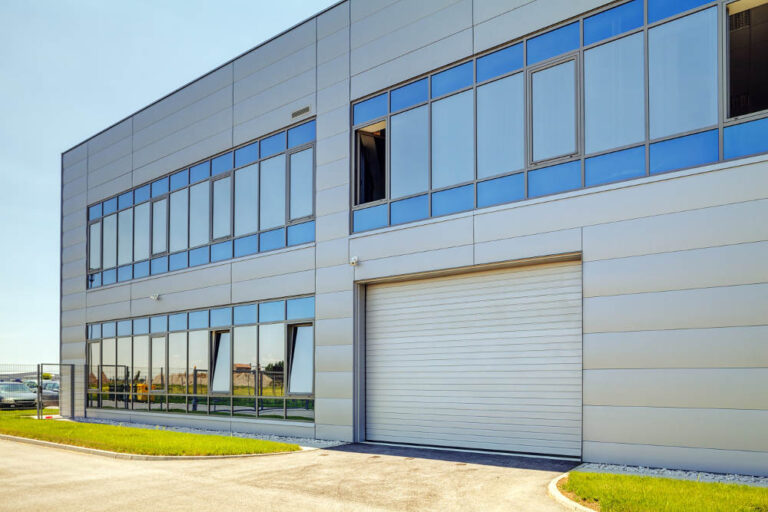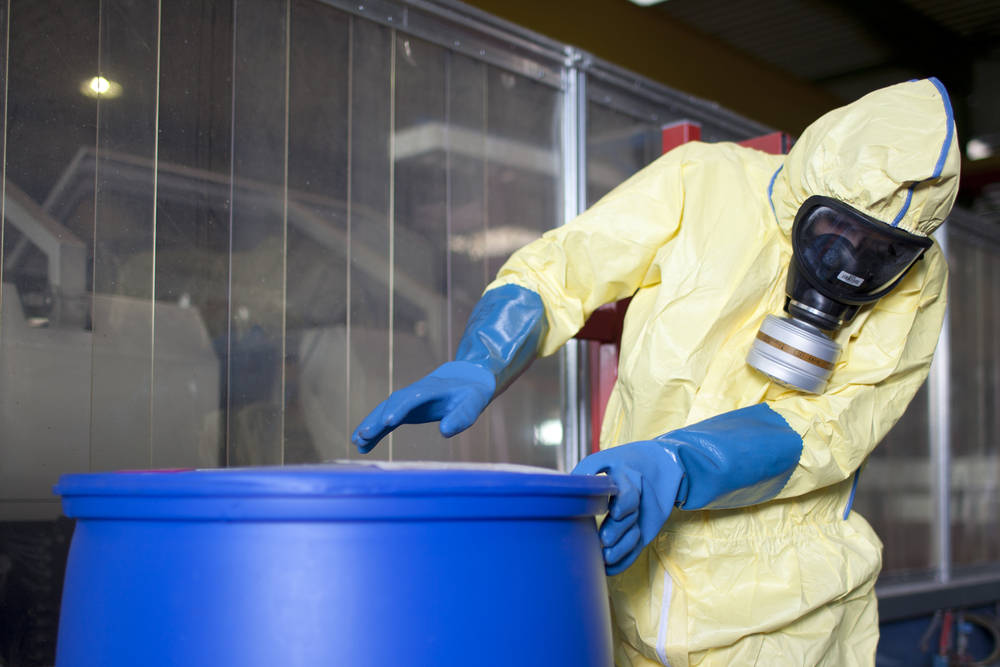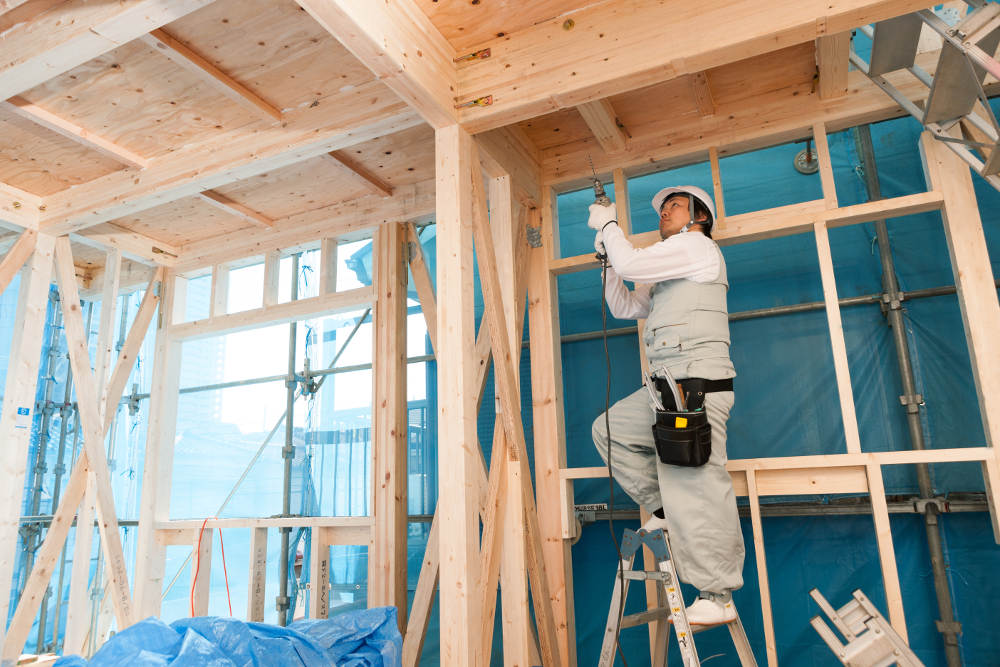A 2014 U.S. Geological Survey report advises that the risk of earthquakes in counties including Los Angeles, Orange, Riverside and San Bernardino appears to be less these days for smaller earthquakes but higher for the big temblors over 7 magnitudes.
Another USGS report from May of last year finds an average of one 7-plus magnitude quake every 100 years in the Southern California region of the San Andreas Fault line. The infamous Long Beach earthquake of 1933 was only a 6.8 magnitude, so, when it comes to earthquakes in the LA area, the worst is yet to come.
This is why many older buildings in Southern California are still in need of earthquake retrofitting.
Southern California Earthquake Retrofitting
There are several important methods used for strengthening a building against damage from earthquakes. The most important considerations are in foundation design and construction, strong attachment of the building onto the foundation, and building construction which resists the powerful lateral forces generated by an earthquake.
Foundations of older buildings lack steel reinforcement, making them vulnerable to damage during earthquakes. In other situations, the foundation is not of adequate thickness or depth. It is often possible to retrofit reinforced concrete foundation beams under or around older building foundations like these or to replace the foundation entirely with the building in place.
In new constructions, the building is attached to the foundation with steel bolts set in place when the concrete foundation is poured. In older buildings, foundation bolt was not used at all, but it is often fairly straightforward to retrofit bolts into place, securing the building to the foundation.
If you would like more information about earthquake retrofitting your Southern California building, contact Tri Span Inc. for a consultation.





